This article was co-authored by wikiHow staff writer, Danielle Blinka, MA, MPA. Danielle Blinka is a Writer, Editor, Podcaster, Improv Performer, and Artist currently living in Houston, TX. She also has experience teaching English and writing to others. Danielle holds a Bachelor of Arts in English, Bachelor of Arts in Political Science, Master of Arts in English with a concentration in writing, and Master of Public Administration from Lamar University.
There are 8 references cited in this article, which can be found at the bottom of the page.
This article has been viewed 39,609 times.
Learn more...
Registering a car can feel like a tricky process, especially if you’ve recently moved. If you’re living in Utah, you must register your car with the Utah Division of Motor Vehicles (DMV). When you move to Utah or buy a vehicle from a private-party, you’ll need to visit the DMV to apply for a new registration. However, you have the option to renew a registration online or in person. Additionally, you don’t need to register the vehicle yourself if you bought a car from a dealer.
Steps
Registering Your Car after Moving to Utah
-
1Register your vehicle within 60 days of moving to Utah. New residents must register their vehicles with the Utah DMV within 60 days of moving to the state. This gives you enough time to get the materials you need. Go to the DMV prior to this deadline to avoid possible penalties.[1]
Tip: You can get a temporary registration that gives you an extra 15 days if you’re not able to get everything together in time. To do this, visit the DMV with the documents you have and submit them like you’re registering your vehicle normally. Pay a $6 fee to get the temporary permit.
-
2Gather your existing title or bill of sale and most recent registration. Use the title of the car if you have it or provide the bill of sale if a lienholder has the title. Additionally, take the current registration from the state where you were living. This verifies that you own the car and it’s currently registered.[2]
- If you have the title, Utah will convert your title from an out-of-state title to a Utah title when you register it. However, your title will remain an out-of-state title if it’s held by a lienholder. In that case, you’ll just receive Utah plates and decals.
Advertisement -
3Get a Utah driver’s license to prove your identity. Bring your current out-of-state driver’s license and a completed driver’s license application to the DMV to get an in-state license. Then, use your driver’s license to prove that you’re the actual owner of the car and a legal driver.[3]
- You can get the application online.
- You need your actual driver’s license and not just a photo ID. Since you’re driving a vehicle, the DMV wants proof that you’re a licensed driver.
-
4Collect a copy of your proof of insurance for the vehicle. You can’t register an uninsured vehicle, so you'll need to show your current policy. Take a copy of your policy with you that shows both the vehicle you're registering and you as a licensed driver.[4]
- You'll need to use a company that operates in Utah.
-
5Do an emissions test if they’re required in your county. You may need an emissions test if you live in Salt Lake, Davis, Utah, Weber, or Cache counties. If so, visit an inspection station within the 2 months before you register your vehicle. After the inspection, get a certificate that shows you passed.[5]
- Most counties require an inspection once every 2 years if the car is less than 6-years-old. Even model year cars are inspected in even years, while odd model year cars are inspected in odd years. Cars older than 6-years-old with model years after 1967 are inspected yearly. New cars and cars manufactured in 1967 or earlier don’t need an emissions test.
- The inspection fee typically ranges from $20 to $30, but may be higher in some areas.
-
6Complete a Vehicle Identification Number (VIN) inspection. Visit the DMV, a police station, a car dealership, or a licensed automotive repair shop to get your inspection. After the inspection, get a Certificate of Inspection to submit with your registration. The following people are certified to do this inspection:[6]
- A DMV employee
- A designated contractor
- A peace officer
- A licensed dealer
- A certified safety inspector
-
7Complete your “Application to Register/Title,” which is available online. Print out the application and fill it out with a pen. First, check the box to indicate what type of registration this is. Then, provide information about the owner, lessee, vehicle, and registration type. Next, provide the lien holder information if there is one. Finally, sign your application to verify that it’s accurate.[7]
- You can find the application here: https://tax.utah.gov/forms/current/tc-656.pdf
-
8Visit your local branch of the Utah DMV to apply for a registration. Do an online search to find the location closest to you. Then, visit the office during the hours of 8:00 a.m. and 5:00 p.m. local time to submit your paperwork. Arrive early because you may have to wait in line.[8]
- For new registrations, you need to submit your documents in person. However, you’ll be able to renew online in the future, if you prefer.
-
9Pay your registration and uniform fees. The DMV charges a registration fee based on your vehicle’s weight and size. The exact fee varies, so call the DMV to find out what you’ll pay. Then, pay your uniform fee, which is a tax based on the age of your car.[9]
- Call the DMV at 801-297-7780 or 1-800-DMV-UTAH (800-368-8824) for a fee estimate. They don’t provide general estimates, so the only way to get your fee is to call.
- As of August 2019, your uniform fee will be $150 if your car is 0- to 3-years-old, $110 if your car is 3- to 6-years old, $80 for a 6- to 9-year-old car, $50 for a 9- to 12-year-old car, or $10 for a car that’s older than 12-years-old.[10]
-
10Put your new license plates and decals on your car when they arrive. After the DMV processes your paperwork, they’ll mail you your plates and decals that show your expiration details. Watch for these to arrive in your mail in the next month, then install them on your car.[11]
- You might receive your plates and decals in as little as 8 days, but it may take as long as 4-6 weeks.
Transferring a Car to a New Owner
-
1Get your title or proof of ownership to show the vehicle is yours. This includes your signed-over title or a bill of sale, whichever you have. You need the original document and not a copy.[12]
- If you bought the vehicle from a private-party, they’ll sign over their existing title to you. Show this to the DMV.
Tip: If you bought your car from a dealership, you won’t need to register the car yourself. Your dealership should complete the registration.
-
2Gather your proof of insurance for the vehicle. You can’t register a vehicle that’s uninsured, so add the vehicle to your insurance. Then, get a copy of your policy to submit with your registration materials.[13]
- You may be able to use a valid registration card that lists your name but not the vehicle if the purchase just happened. Talk to a DMV representative to find out if they’ll accept a policy that covers you as a driver.
-
3Bring a valid driver’s license to prove your identity. Use your driver’s license to prove that you’re the actual owner of the car and a legal driver. Check that the license is current and reflects your current address.[14]
- You need your actual driver’s license and not just a photo ID. Since you’re driving a vehicle, the DMV wants proof that you’re a licensed driver.
-
4Get an emissions test if it’s required in your county of residence. You may need an emissions test if you live in Salt Lake, Davis, Utah, Weber, or Cache counties. If your vehicle is due for inspection, visit an inspection station within 2 months of registering the car. Take your certificate that shows that your car passed the test to complete your registration.[15]
- You car needs an inspection once every 2 years if the car is less than 6-years-old. Even model year cars are inspected in even years, while odd model year cars are inspected in odd years. Cars older than 6-years-old with model years after 1967 are inspected yearly. New cars and cars manufactured in 1967 or earlier don’t need an emissions test.
- The emissions test fee typically ranges from $20 to $30, but may be higher in some areas.
-
5Fill out your “Application to Register/Title,” which you can get online. Print out the application and complete it with ink. Check the box at the top to indicate what type of registration this is. Then, provide the owner, lessee, and vehicle information and check the box to indicate what type of registration you want. Next, provide the lien holder information if there is one. Finally, sign your application to verify that it’s accurate.[16]
- You can find the application here: https://tax.utah.gov/forms/current/tc-656.pdf
-
6Go to the local branch of the Utah DMV to submit your paperwork. Look up your local branch online, then visit it between the hours of 8:00 a.m. and 5:00 p.m. Mountain Time. Get there early because you may need to wait in line to talk to a representative.[17]
- You’ll need to go to the branch initially, but you’ll be able to renew online.
-
7Pay your registration fee to complete the transaction. The fee is based on your vehicle’s weight and size. The exact fee varies, so call the DMV to find out what you’ll pay. Additionally, pay your uniform fee at your vehicle registration, which is a tax based on your vehicle age.[18]
- Call the DMV at 801-297-7780 or 1-800-DMV-UTAH (800-368-8824) for a fee estimate. The DMV does not provide fee estimates.
- As of August 2019, your uniform fee will be $150 if your car is 0- to 3-years-old, $110 if your car is 3- to 6-years old, $80 for a 6- to 9-year-old car, $50 for a 9- to 12-year-old car, or $10 for a car that’s older than 12-years-old.[19]
-
8Put your license plates and decals on your car when they arrive. After your application is processed, the DMV will mail your plates and decals. It takes at least 8 days for your registration materials to arrive, but expect to wait as long as 4-6 weeks. Place them on your vehicle as soon as you receive them.[20]
- Monitor your mail to make sure you receive your plates and decals.
Renewing a Registration
-
1Renew your registration before it expires. Your expiration date is on your license plate decals. Check the month and year so that you know when your registration is due. It’s best to complete the renewal about a month before it expires.[21]
- Your new decals may take up to 4-6 weeks to arrive, so plan ahead.
-
2Get an emissions test if your vehicle is due for inspection. You may need an emissions test if you live in Salt Lake, Davis, Utah, Weber, or Cache counties. If your car is due for inspection, visit an inspection station within the 2 months of your vehicle’s registration expiring. Take your certificate to show your car passed inspection.[22]
- Expect to get your car inspected once every 2 years if the car is less than 6-years-old. Go on even numbered years if your model year is even or odd numbered years if your model number is odd. Get your car inspected annually if it’s older than 6-years-old and the model year is after 1967. New cars and cars manufactured in 1967 or earlier don’t need an emissions test.
- The inspection fee typically ranges from $20 to $30, but may be higher in some areas.
-
3Visit the online renewal portal to renew your registration online. The easiest way to renew your registration is to do it online. The portal allows you to enter your license plate information and verify all of your information. Complete each page in the portal, then pay your fee.[23]
- You can access the portal here: https://secure.utah.gov/rex/start.html
-
4Go to your local DMV if you want to renew in person. If you prefer to renew in person, use the form the DMV mailed to you or print a new form online. Complete the form using ink, then take it to the DMV to complete the registration. To make sure you’re approved, bring your driver’s license, proof of insurance, and inspection certificate in case they’re requested.[24]
- The DMV employee may be able to view your documentation online when you renew.
-
5Pay the fees to complete the renewal. The DMV will calculate a fee based on the size and weight of your vehicle. The exact fee varies, so contact the DMV for a fee estimate. In addition to the registration fees, pay your uniform fee at your vehicle registration, which is a property tax that varies according to the vehicle’s age.[25]
- Call the DMV at 801-297-7780 or 1-800-DMV-UTAH (800-368-8824) to get a fee estimate. Keep in mind that they won’t provide general estimates for the fees.
- As of August 2019, your uniform fee will be $150 if your car is 0- to 3-years-old, $110 if your car is 3- to 6-years old, $80 for a 6- to 9-year-old car, $50 for a 9- to 12-year-old car, or $10 for a car that’s older than 12-years-old.[26]
-
6Put your new decals on your license plate when you receive them. After the DMV processes your renewal, they’ll mail you new decals that show your current expiration date. Peel up the expired decal and wipe the area clean. Then, stick your new decals on your license plate in the spot provided.[27]
- Expect to receive your decals in 8-13 days.
References
- ↑ https://dmv.utah.gov/faq/registering
- ↑ https://dmv.utah.gov/faq/registering
- ↑ https://tax.utah.gov/forms/pubs/pub-09.pdf
- ↑ https://tax.utah.gov/forms/pubs/pub-09.pdf
- ↑ https://dmv.utah.gov/register/inspections
- ↑ https://dmv.utah.gov/faq/registering
- ↑ https://tax.utah.gov/forms/pubs/pub-09.pdf
- ↑ https://www.dmv.org/ut-utah/car-registration.php
- ↑ https://dmv.utah.gov/taxes-fees#regfees
- ↑ https://dmv.utah.gov/taxes-fees/uniform-fees#passenger
- ↑ https://tax.utah.gov/forms/pubs/pub-09.pdf
- ↑ https://tax.utah.gov/forms/pubs/pub-09.pdf
- ↑ https://tax.utah.gov/forms/pubs/pub-09.pdf
- ↑ https://tax.utah.gov/forms/pubs/pub-09.pdf
- ↑ https://dmv.utah.gov/register/inspections
- ↑ https://tax.utah.gov/forms/pubs/pub-09.pdf
- ↑ https://www.dmv.org/ut-utah/car-registration.php
- ↑ https://dmv.utah.gov/taxes-fees#regfees
- ↑ https://dmv.utah.gov/taxes-fees/uniform-fees#passenger
- ↑ https://tax.utah.gov/forms/pubs/pub-09.pdf
- ↑ https://dmv.utah.gov/faq/registering
- ↑ https://dmv.utah.gov/register/inspections
- ↑ https://secure.utah.gov/rex/index.html
- ↑ https://dmv.utah.gov/faq/permits
- ↑ https://dmv.utah.gov/taxes-fees#regfees
- ↑ https://dmv.utah.gov/taxes-fees/uniform-fees#passenger
- ↑ https://tax.utah.gov/forms/pubs/pub-09.pdf
- ↑ https://dmv.utah.gov/faq/registering
- ↑ https://tax.utah.gov/forms/pubs/pub-09.pdf





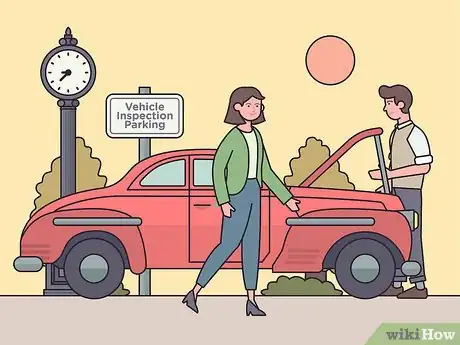
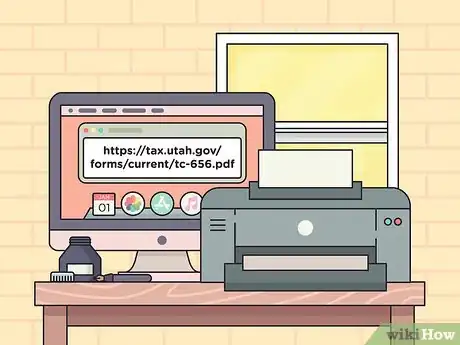

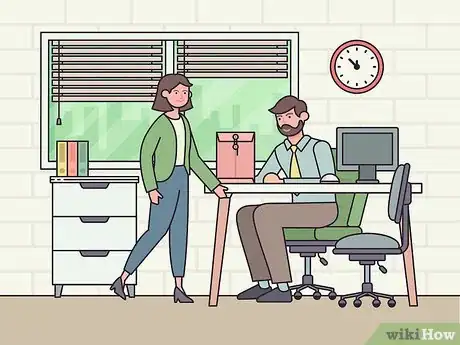

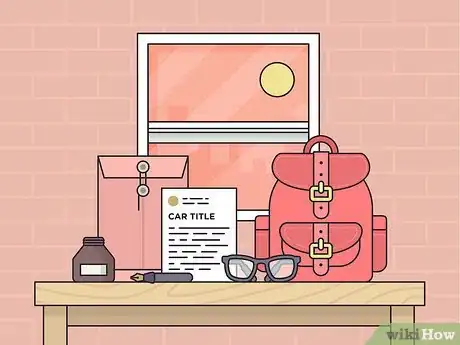




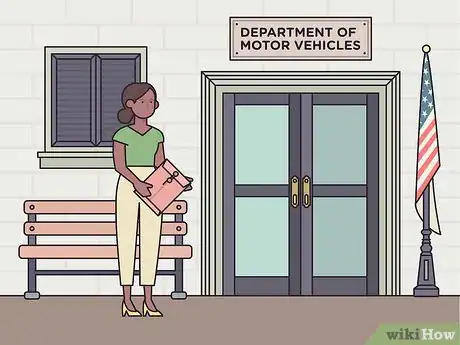
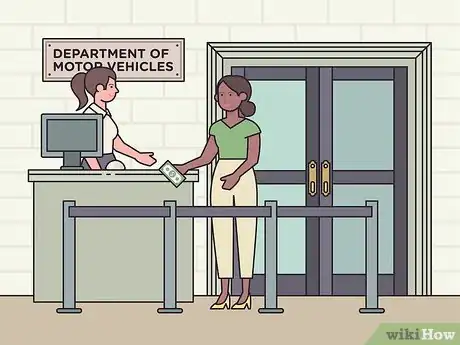

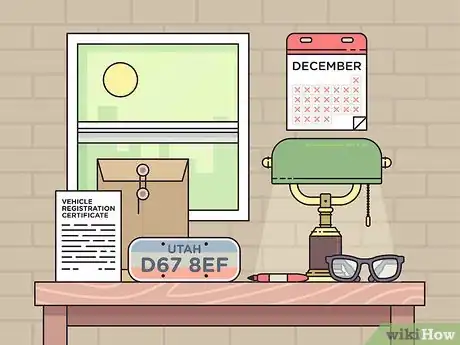
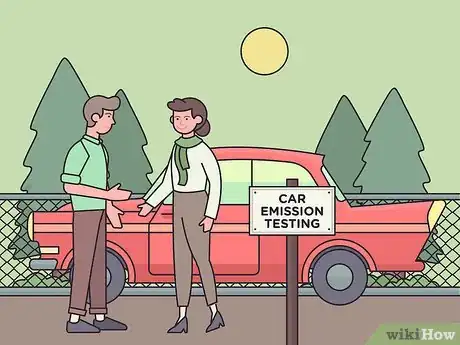
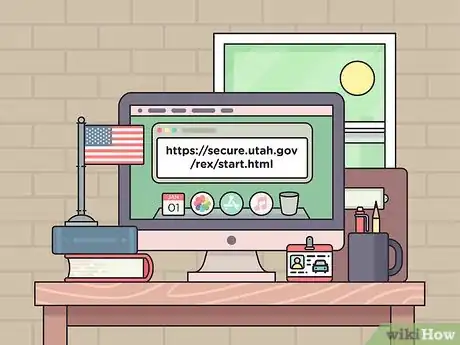
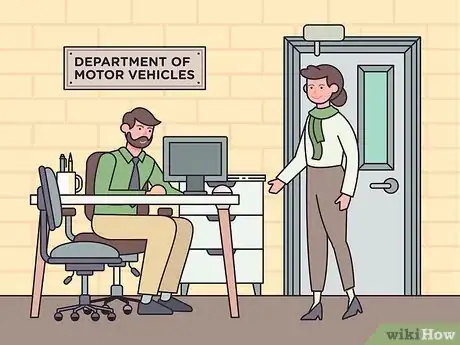



-Step-17.webp)





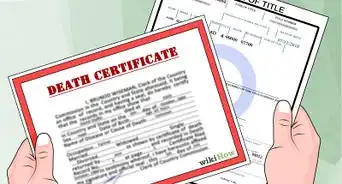





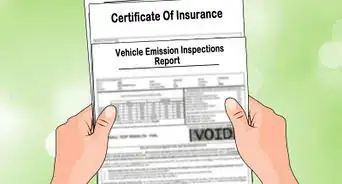








-Step-17.webp)




































